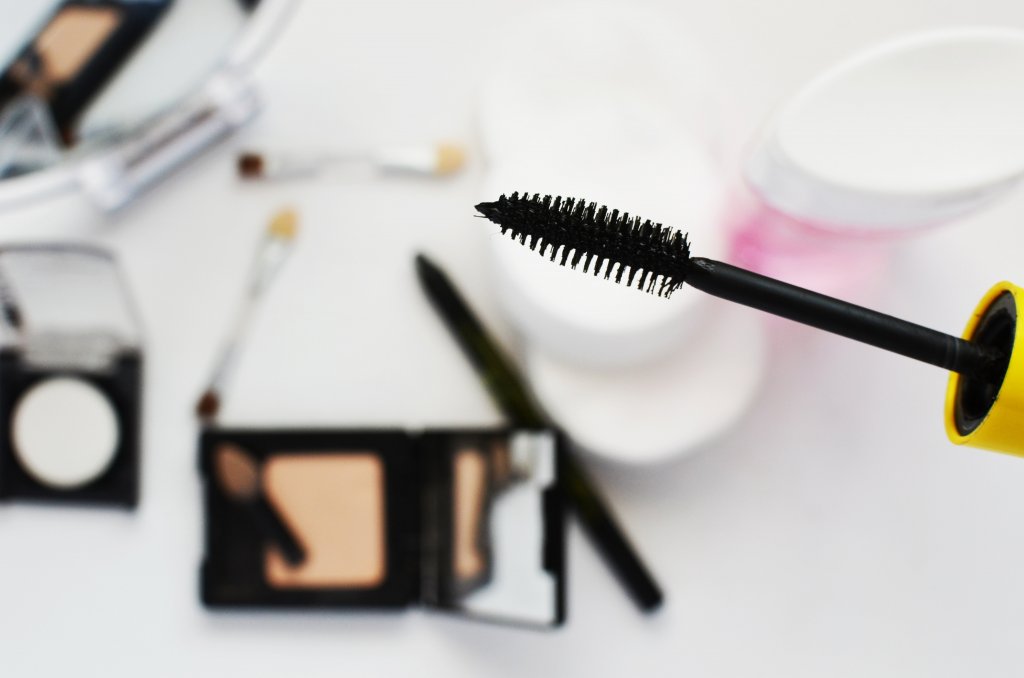Everyday products that fill a household seem simple enough to make. However, most require a complex mold process. First, a liquid is poured into a mold cavity. After it dries, the mold is peeled away to reveal the new plastic design.
Items like plastic bottles, soap dispensers and medicine bottles are all made with this process. Most cosmetics also come in plastic containers made with mold releases.
The rise of 3D printing has made it easier than ever to design complex shapes without the need for a mold. The technology is making a significant impact on several industries, including the cosmetics industry.
3D Printing in the Cosmetics Industry
3D printing won’t replace injection molding entirely. In many cases, manufacturers combine the two methods.
For example, 3D printing is preferred for prototyping, since it’s low cost and easily transportable. Injection molding, on the other hand, is fast and highly repeatable — ideal for those who want to produce a huge volume of parts at once.
Experts agree, however, that 3D printing can have a major impact on the cosmetic industry.
A Custom Approach to Makeup
In 2014, the first portable 3D makeup printer — coined Mink, a combination of makeup and ink — was unveiled. Instead of a plastic case, consumers can select makeup printed on a thin sheet of paper. Using the Mink app, consumers choose a photo, then print either the whole image or a specific color.
In 15 seconds, you can have an entire palette of printed makeup — including eye shadow, blush, brow powder, etc. — in a custom creation of up to 16.7 million hues. Grace Choi, the printer’s inventor, says lipstick, lip gloss and nail polish will soon be available.
A New Type of Mascara Brush
Chanel has decided to utilize 3D printing in their mascara brush. The brand claims they can print micro cavities directly into the brush’s bristles, allowing smooth and even application without clumping. The new bristle design also avoids the need to redip the brush. The product is on the market and is being sold worldwide.
This revolutionary change is one of the firsts since Revlon introduced the classic tube and spiral brush design in the early 1900s. The new mascara, called Le Volume Revolution, will undoubtedly have an impact on the market. Will other manufacturers follow in the brand’s footsteps?
The Creation of Human Skin
One Shanghai-based cosmetic brand is set to disrupt the industry with a mission to develop cosmetics suitable for Asian women. The scientists used skin models and bio-ink technology to successfully create printed skin, complete with a dermis, epidermis and basement membrane.
Many believe this breakthrough could lead to less animal testing in the cosmetic industry. Plus, 3D printing live tissue allows cosmetic brands to invest more research into developing customized products.
An Advanced Skincare Routine
Face masks that promote skin health are extremely popular. At CES 2019, Neutrogena unveiled their new 3D printed product, MaskiD. Each mask is crafted to fit the individual wearer’s face, with ingredients suited to meet specific skin concerns, such as acne or dryness.
The tech works with a smartphone and the MaskiD app. Attach the Skin360 device, which scans the size of your pores and skin moisture levels, then offers recommendations. If you don’t have the Skin360, you’ll be asked to fill out a questionnaire and take a selfie. Afterward, a mask is 3D printed to fit your unique needs.
3D printing has already made an impact on the cosmetic industry. Many brands are turning toward the new tech as a way to create innovative designs and offer extreme personalization. Some brands have already made the leap, but will others follow suit? Only time will tell.
Subscribe to Our Email Newsletter
Stay up-to-date on all the latest news from the 3D printing industry and receive information and offers from third party vendors.
You May Also Like
New Report: Semiconductor Industry to See $1.4B in 3D Printing Revenues by 2032
“The semiconductor sector has become the most strategically significant area of global industry.” Truer words are hard to come by when it comes to the modern world, and they are...
Will Photonic-Crystal Lasers Revolutionize 3D Printing?
Powder bed fusion (PBF) for metals and polymers predominantly utilizes lasers as the primary heat source. Some directed energy deposition (DED) technologies also employ lasers, while various vat polymerization methods...
3D Printing Unpeeled: Orbex Investment, IndoMIM and HP, Ultrasonic Waves
INDO-MIM has bought three HP Metal Jet S100 printers, operating two in India and one in Texas. This is a win for HP because the company has deep experience in...
3D Printing Webinar and Event Roundup: April 21, 2024
It’s another busy week of webinars and events, starting with Hannover Messe in Germany and continuing with Metalcasting Congress, Chinaplas, TechBlick’s Innovation Festival, and more. Stratasys continues its advanced training...


































